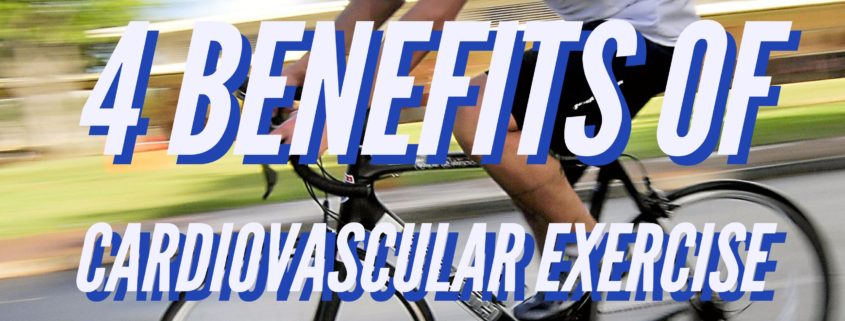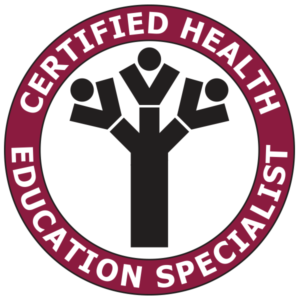How to Approach Your Goals: Want vs Wish
People come to me with goals they hope to accomplish to improve their lives. Their attitudes towards how they will accomplish their goals often gives me a good idea if they will succeed. Some of these people truly want to achieve their goals, while others only wish for them. Let’s look at the difference between wanting and wishing your goals. One often leads to success while the other often does not.
Early last year I was invited onto a podcast to discuss New Year’s resolutions and if they were a useful tool to reach health goals. I explained that a New Year’s resolution can be a good time to improve on health goals because It takes place after holidays like Thanksgiving, Christmas, and New Year’s when people are more stressed, traveling, and usually eating more sweets. The biggest barrier to having a successful New Year’s resolution is how people approach their goal. They treat their goal only as a wish.
Far too often people treat their resolutions as a wish, like they discovered a genie and would be granted a wish. There is usually little to no planning on how to actually achieve their goal, just the outcome the desire. When you only wish for your goals, they are very likely to never come true. When you actually WANT your goal, you will be willing to plan, seek out help, and work hard to achieve your goals. If you really want to achieve something that will better your life you will go through hard times to get it.
A recent example I can give is my goal to improve my public speaking ability. It would open up doors to improve my career, so I decided to make it a priority and professional goal of mine. I began by researching and asking around about where I could improve on my public speaking skills. I learned there was a local Toastmaster’s chapter where I live. It is a group that meets, gives speeches in front of other members, and you receive feedback on how to improve your public speaking. I attended a few meetings and realized it would be a great tool to help me achieve my goal. Though I may not always feel like going because I may be nervous to speak in front of more experienced members, I know that it will help me achieve my overall goal of becoming a better public speaker. Sometimes to accomplish our goals we have to put ourselves in uncomfortable situations that we know will help us.
What can you do?
If you have a goal for yourself, whether it be health related or otherwise, consider what you need to do to achieve that goal. It may require studying, practicing, or joining a group. You do not want to have a goal with no way to accomplish it. Then your goal becomes just a wish, and unless you have a genie, that wish is most likely not going to come true. Think deeply about how you can achieve your goals and then act on it. WANT your goals, do not only wish for them.

CHES, ACE Health Coach, AFPA Nutrition & Wellness Consultant
Want to work with and learn more nutrition, exercise, and how to improve your health? Contact Rick to set up a free consultation now











